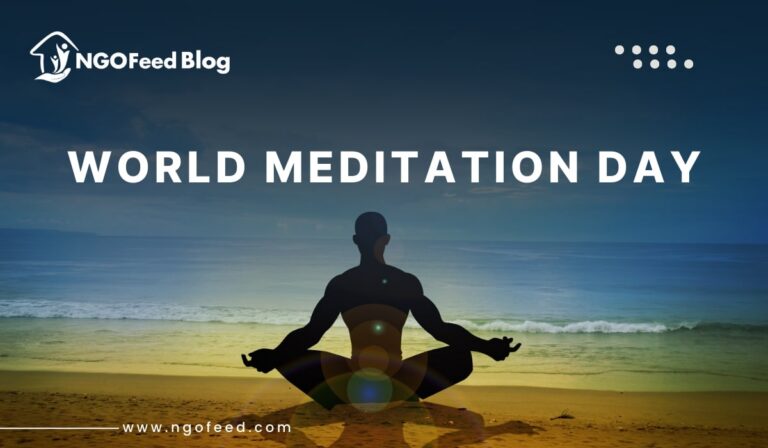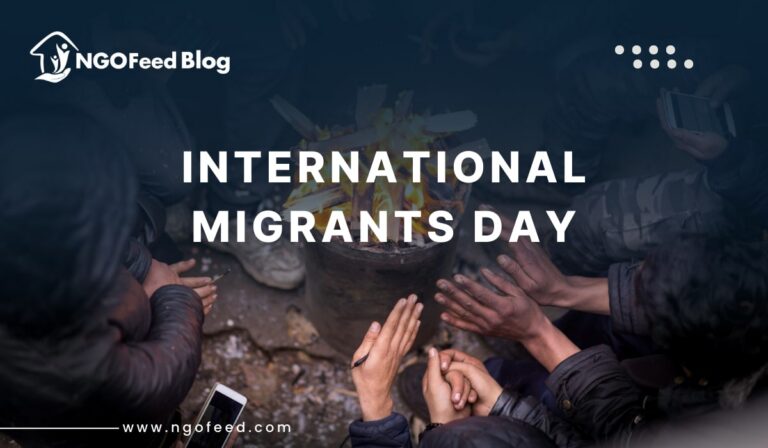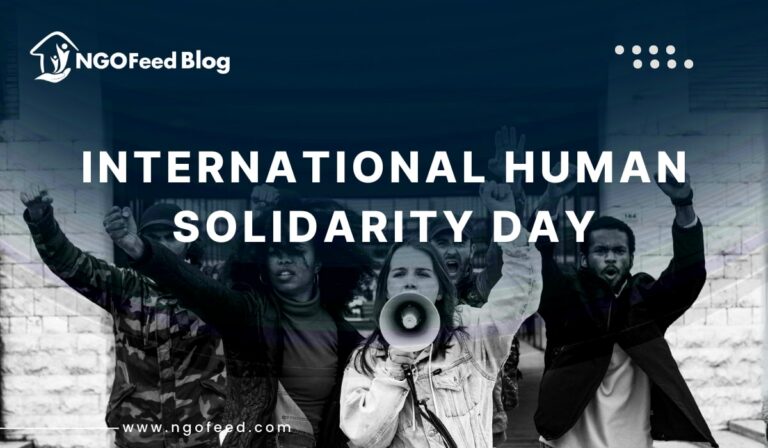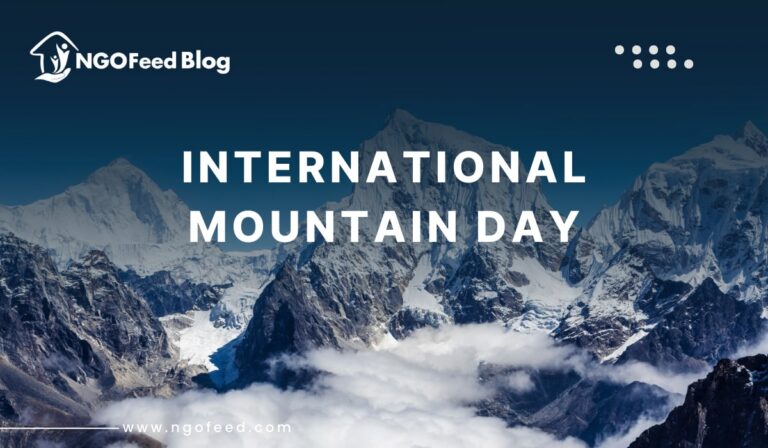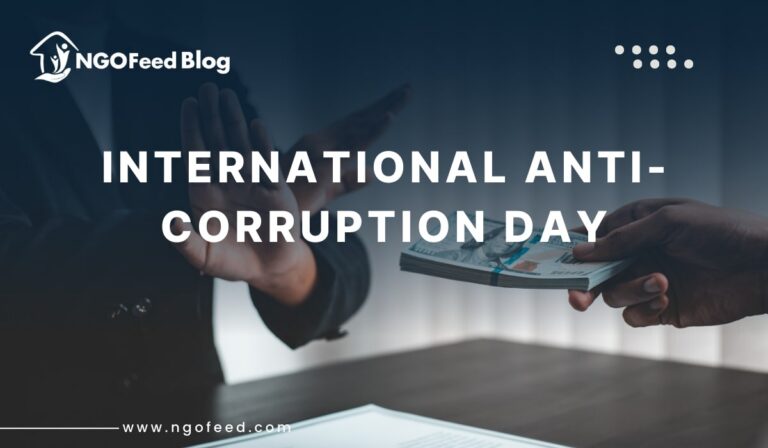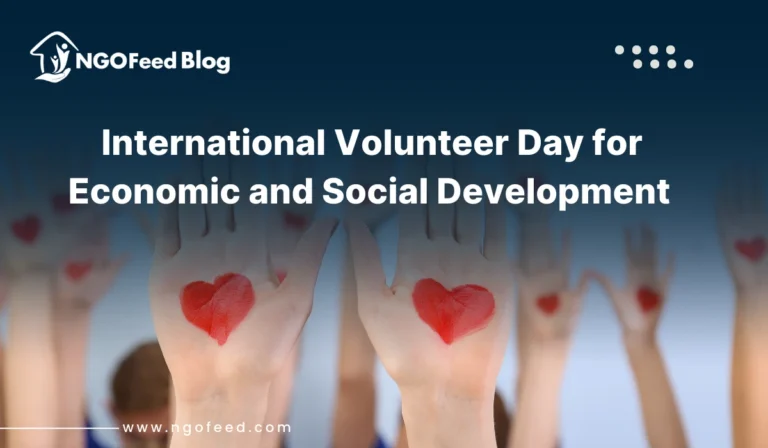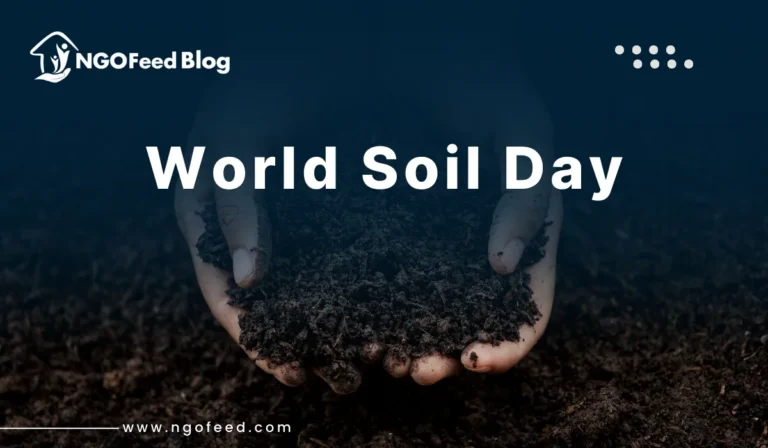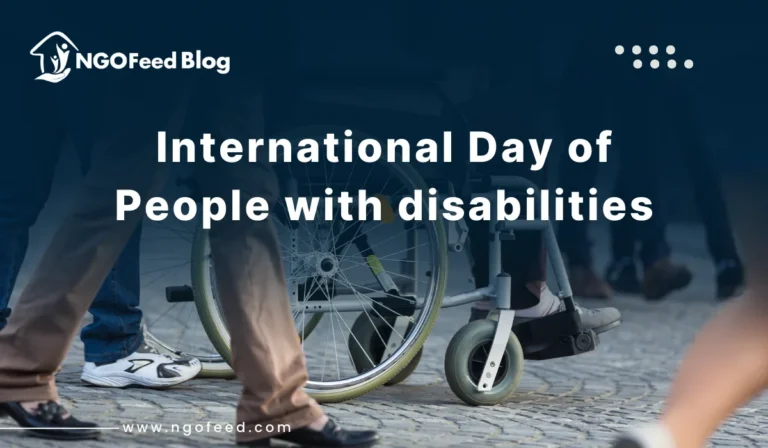International Day for Science for Peace and Development: “When science speaks, peace listens- let knowledge build bridges, not walls.” Every year on 10 November, the global community celebrates the World Science Day for Peace and Development. This day highlights the essential role of science in society, underscores its relevance to peace and sustainable development and invites everyone governments, NGOs, educational institutions and individuals, to engage in the dialogue of science and society. For NGOs, this observance is a meaningful opportunity to showcase how scientific knowledge and innovation can strengthen communities, reduce conflict and accelerate progress.
Table of Contents
What is World Science for Peace and Development Day?
The World Science Day for Peace and Development is an annual UN/UNESCO-designated observance that calls attention to science as a global public good. It aims to make science accessible to all, encourage public engagement with scientific issues and emphasize the interlinkage between science, peace and development.
By bridging scientific research and social application, the day underlines that science isn’t just for labs, it’s for life.
History of International Day for Science for Peace and Development
The observance traces back to the recommendations of the World Conference on Science (Budapest, 1999) which stressed the need for a new compact between science and society.
UNESCO officially proclaimed 10 November as the World Science Day in 2001 and it has since been observed annually worldwide. Over time, the day has evolved into a global platform where science meets public policy, social equity and peace-building.
International Day for Science for Peace and Development 2025 Theme
The theme for 2025 is “Trust, Transformation and Tomorrow: The Science We Need for 2050.”
This theme emphasizes the need to build trust in science, transform how science serves society and prepare for the future we want, using science responsibly, inclusively and strategically.
Objectives and Goals
The key objectives of the day include:
- Strengthening public awareness of the role of science for peaceful and sustainable societies.
- Promoting national and international solidarity for shared scientific knowledge and innovation.
- Renewing the commitment to use science for the benefit of all societies.
- Highlighting challenges facing science such as inequity of access, mistrust and the science–society gap.
For NGOs, aligning with these goals means embedding science in their programme design, advocacy efforts and community engagement.
Why It’s Important
Science underpins the solutions to many of the world’s most pressing problems, climate change, pandemics, inequality, resource scarcity and conflict. Without science, sustainable development and peace remain elusive.
- Science offers tools to understand and mediate resource-based conflicts, strengthen climate resilience and build inclusive technologies.
- Trust in science is critical at a time when misinformation and polarization undermine social cohesion.
- By emphasizing the “science-for-peace” approach, the day invites NGOs to be both communicators and facilitators of knowledge.
- The observance aligns with Sustainable Development Goals such as SDG 9 (Industry, Innovation & Infrastructure), SDG 16 (Peace, Justice & Strong Institutions) and SDG 17 (Partnerships for the Goals).
How to Participate
Here are ways NGOs, communities, and individuals can engage:
a) Organize Science-for-Peace Workshops and Debates
Host community seminars, school dialogues or online webinars on topics such as “How science builds peace”, “Technology and social justice” or “Trust in science in the 21st Century”.
b) Citizen Science and Open Data Campaigns
Enable the community, especially youth, to engage with citizen science projects, data collection, mapping local environmental or social issues and linking them to peace or development. Use hashtags like #ScienceForPeace, #WSDPD2025.
c) Science-and-Community Projects
Design local initiatives where science meets community priorities: e.g. clean-water microbiology labs in underserved areas, digital literacy for marginalized women or community mapping of disaster risks.
d) Public Awareness and Media Storytelling
Use blogs, videos and social media posts featuring scientists, community innovators and grassroots NGO work. Highlight how science can be inclusive and how NGOs are bridging the gap.
e) Collaborations and Science Diplomacy Events
Partner with research institutes, universities, tech start-ups, and policy-makers to host round-tables, hackathons or design-challenges around peace-related themes.
NGOs’ Role and Challenges
Role of NGOs
- Translate scientific knowledge into community-friendly formats: infographics, local language videos and training sessions.
- Act as brokers between scientists and the community, creating trust, ensuring ethical usage of science and promoting local relevance.
- Run projects where science addresses peace-relevant issues such as environmental restoration, public-health innovations and inclusive tech solutions.
- Advocate for open science, equity of access, inclusion of marginalized voices in science policy and research design.
Challenges
- Bridging the knowledge gap: Scientific information can be complex and inaccessible without translation.
- Resource constraints: Running science-driven projects often needs technical capacity, data infrastructure and funding.
- Building trust: Communities may distrust science due to past misuse or exclusion, NGOs need to build credibility.
- Ensuring inclusion: Innovation must not leave behind marginalized groups e.g. rural populations, women and indigenous communities.
- Measuring impact: Tracking how science leads to peace or development is complex and often long-term.
Additional Insights
- The concept of “Science Diplomacy” is increasingly important, scientists collaborating across borders help build trust and peace. Open science and shared data are key to ensuring that scientific benefits are global, not restricted to the privileged.
- Emerging technologies, AI, biotech, climate modelling offer huge promise, but must be steered ethically to avoid amplifying inequalities or conflict.
- Engaging youth in science for peace builds a new generation of socially conscious scientists and innovators with community roots.
Conclusion
The World Science Day for Peace and Development reminds us, science is not separate from society, it is deeply embedded in it and its purpose is not just discovery but contribution.
For NGOs, this day is a strategic moment to bring scientific thinking into programmes, build partnerships with research and innovation actors, give voice to community-led science and bridge the gap between knowledge and change.
When communities understand science, trust it and use it equitably, peace becomes not only possible but probable. Let’s celebrate 10 November by advancing both science and solidarity.
Frequently Asked Questions (FAQs)
Q1. When is World Science Day for Peace and Development observed?
A: Annually on 10 November, as designated by UNESCO.
Q2. What is the theme for 2025?
A: “Trust, Transformation and Tomorrow: The Science We Need for 2050.”
Q3. Why is science relevant to peace and development?
A: Because science helps address root causes of conflict (resource scarcity, inequity, climate shocks), builds innovation for resilience and fosters collaboration across borders.
Q4. How can NGOs participate?
A: By organizing awareness sessions, citizen science projects, collaborations, social-media campaigns and by linking their programmes to scientific research and peace-building frameworks.



